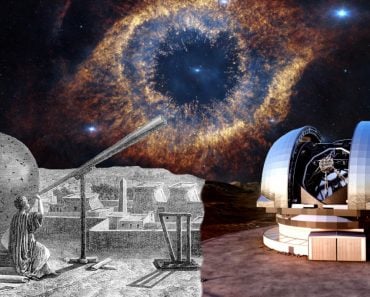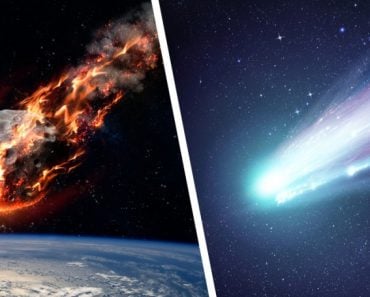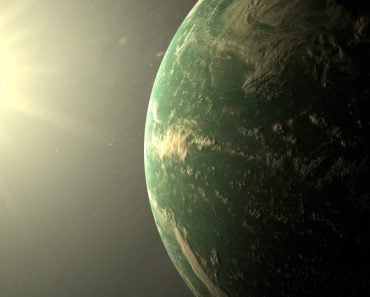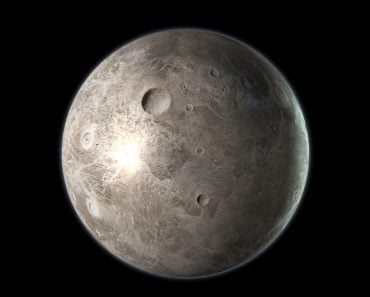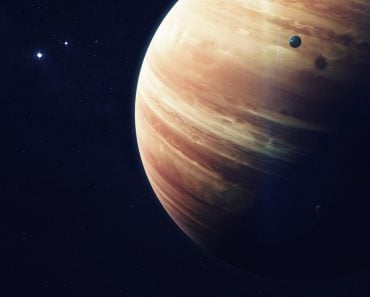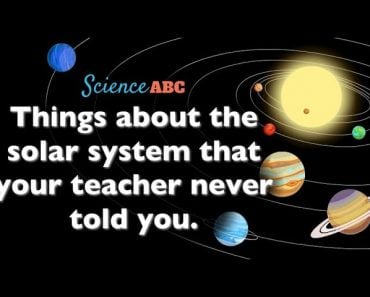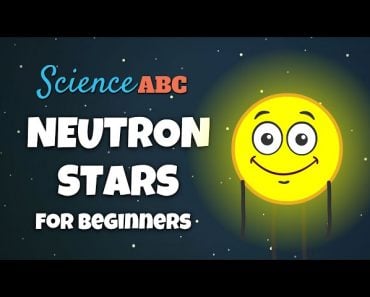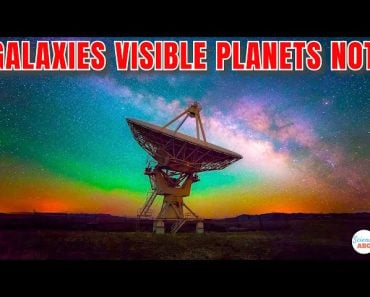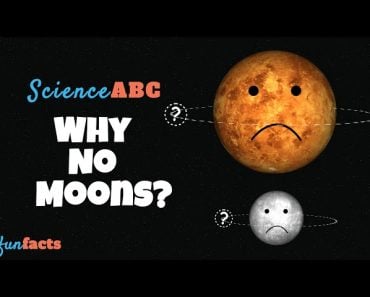Table of Contents (click to expand)
Messier objects are a list of celestial bodies created by Charles Messier. In his hunt for comets, he came across astonishing objects that he labelled ‘not comets’, thus creating his catalog.
Astronomers use various ways to differentiate and categorize the innumerable celestial bodies found in space. There are individual terms to differentiate celestial objects, including dwarf planets, planets, exoplanets, asteroids, comets, stars, nebulas, black holes, and so many more.
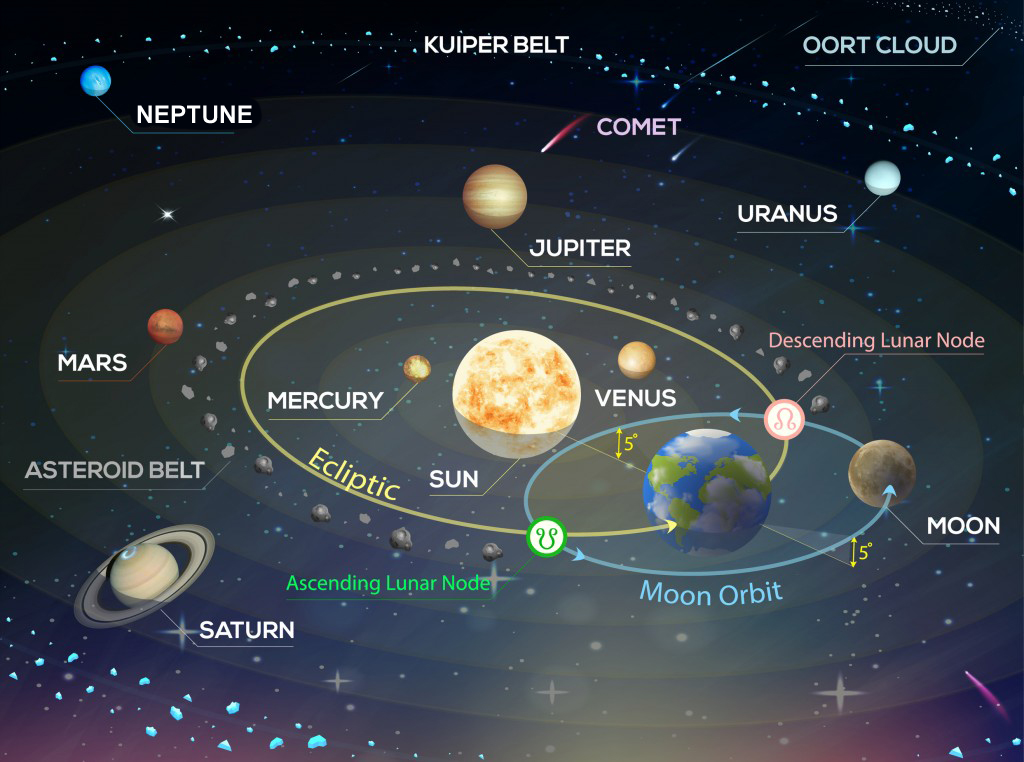
Then there are also groups of celestial objects, which could include planetary systems (ours being referred to as the ’solar system’), galaxies, superclusters, galaxy filaments, large quasar groups, etc.
However, sometimes this categorization becomes very unusual, in that it is not the rigorous differentiation of celestial bodies, but rather one man’s idiosyncratic categorization, which becomes a more helpful tool for other astronomers. Such is the case of the Messier objects, which, in an attempt to identify comets in the night sky, were collected as a list of bodies that were ‘not comets’.
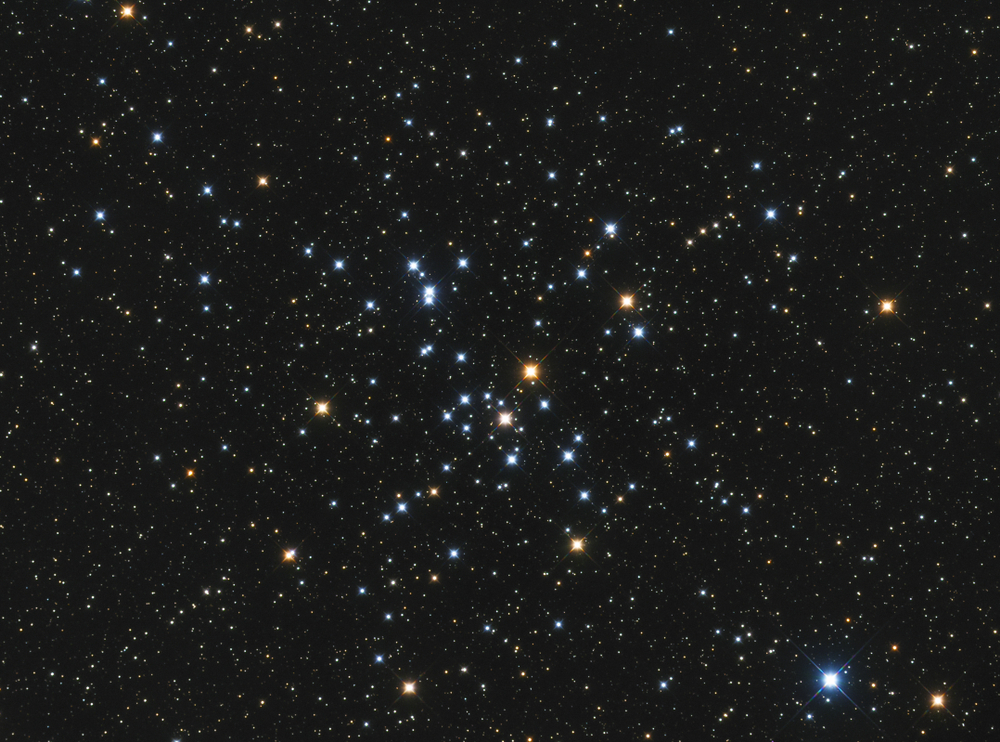
Although the catalog became a primer for astronomers to discern those objects that are not comets, the list contains some of the most fascinating celestial objects in space. Let’s see how they came about and some of the objects that have made it on the list.
Recommended Video for you:
Origins Of Messier Objects
The Messier objects are named after the French astronomer Charles Messier, born on June 26, 1730. Messier wanted to find comets as an astronomer, despite the tools of his time being very limited. Compared to the powerful telescopes we see today, the equipment at that time was rudimentary, at best. It also didn’t help that Messier’s mentor made a number of incorrect calculations that had to be overcome.

Given his lack of advanced tools, Messier spotted many fuzzy and dim objects in the sky, but was unequipped to be certain of what they are. He continued his astronomical observation throughout his life and gradually determined that some of these objects were not actually comets. He compiled a catalog of these objects that he found titled ‘Not Comets’.
Messier went on to find 13 comets, which it a great achievement in itself, but that pales in comparison to the 110 objects listed in the Messier catalog. Not all the objects in the list were added by Messier, as he originally included only 40 objects that he observed, but the list has been updated by other astronomers.
The catalog provides great guidance for novice astronomers in discerning the various objects that they see while observing the sky. It is also an eclectic list of some of the most fascinating objects we can find in our night sky. The last entry on the Messier list was made in 1967.
The Messier Objects
The Messier catalog consists of some of the most spectacular objects one can find in space. This guide can be referred to for observing the objects on the list, but they’re mostly seen from European latitudes, as Messier only scanned the sky visible from that area of the earth.
The list consists of diffuse nebulae, open clusters, planetary nebulae, globular clusters and entire galaxies. Let’s take a look at some of these objects from the legendary Messier Catalog.
List Of Messier Objects
M1 – The Crab Nebula
The Crab Nebula belongs to the Taurus constellation and is the remnant of a supernova. It is about 6500 light-years away from Earth and is truly massive! It is 11 light-years in diameter and is expanding very rapidly, about 0.5% the speed of light or 1500 kilometers per second. There is a neutron star at the center of the nebula that is an estimated 28-30 kilometers in length. It is spinning rapidly too, about 30.2 times per second. The Crab Nebula is one of the brightest objects visible from our planet’s sky.
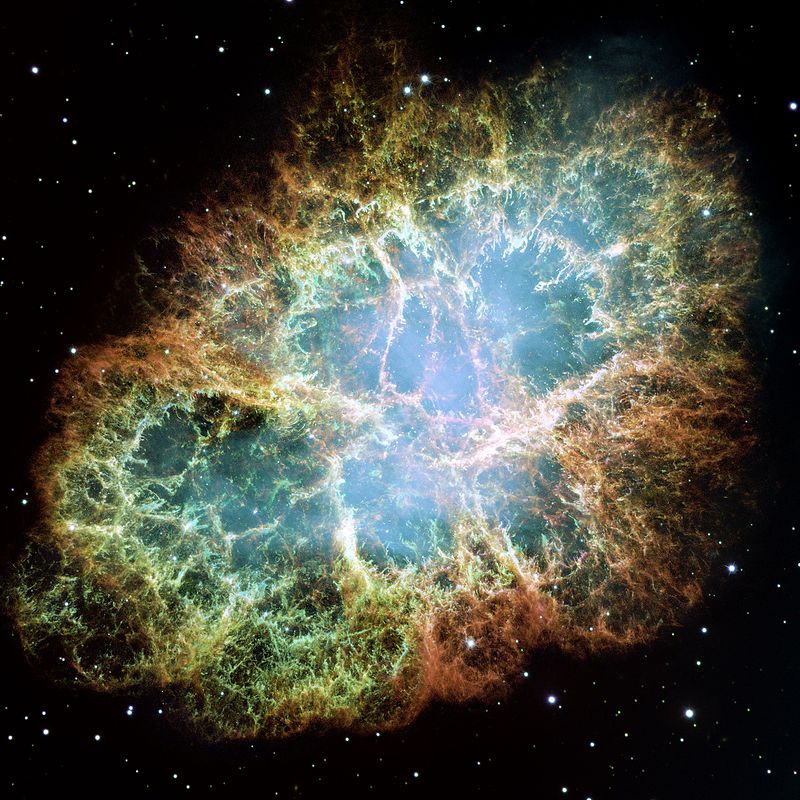
M6 – The Butterfly Cluster
The butterfly cluster is located in the constellation of Saturn and is an open cluster of stars. An open cluster is a group of stars of roughly the same age. These stars are made from the same parental giant molecular cloud. As the name suggests, the butterfly cluster resembles the shape of a butterfly. It is 1590 light-years away from Earth and has a length of 12 light-years, which is huge. It is located about 24.59 light-years away from the galactic center, which it is orbiting.
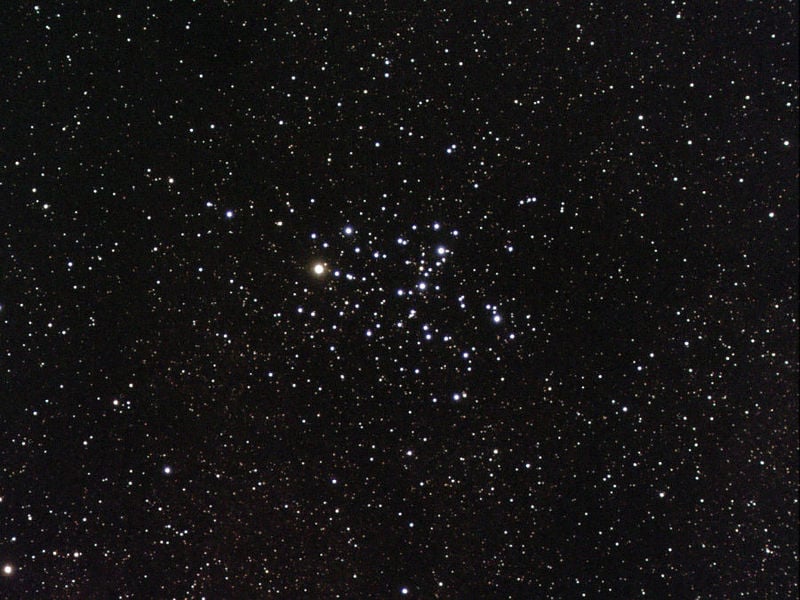
M31 – The Andromeda Galaxy
Andromeda is the closest neighbor of our galaxy, situated around 2.5 million light-years away from Earth, but this neighbor is intending to move in with us, as Andromeda will collide with the Milky Way approximately 4.5 billion years from now, forming one massive elliptical galaxy. Andromeda is one of the brightest objects among the Messier Catalogue, making it visible even to the naked eye from Earth. The diameter of Andromeda is 220,000 light-years, which is the largest among the local group of galaxies.
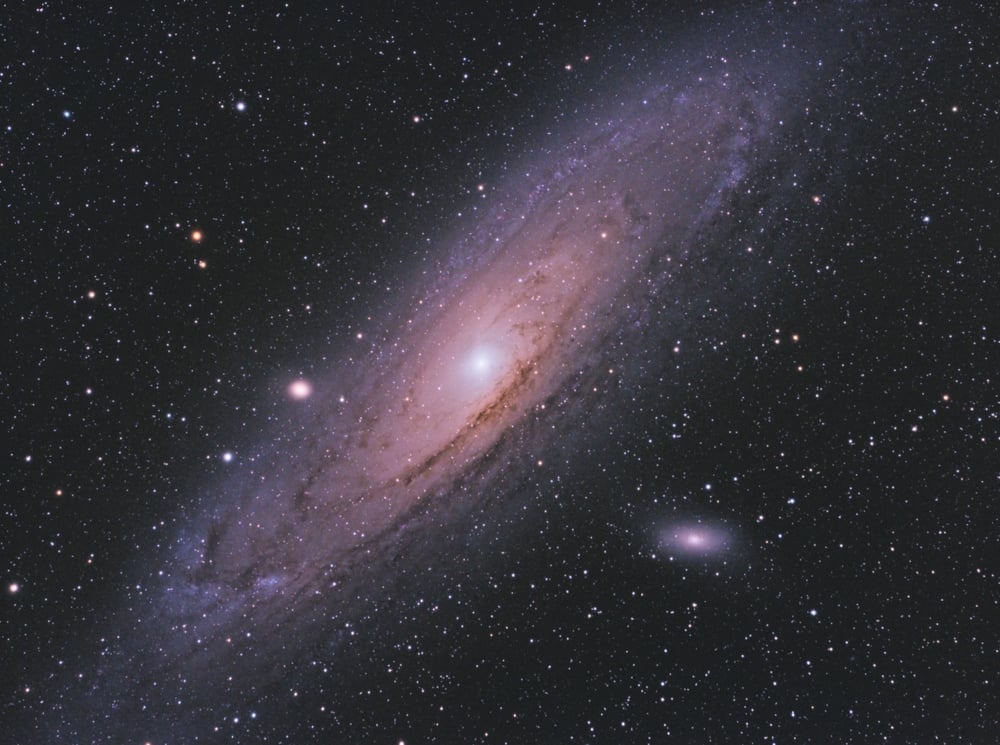
M42 – The Great Orion Nebula
The Great Orion Nebula is situated in our galactic home, the Milky Way. It is a diffuse nebula and a bright one at that, making it visible to the naked eye from Earth. Stars are formed in such nebulae and the Orion nebula is the closest star-forming cloud of dust near Earth, at a distance of around 1,344 light-years. This nebula is one of the most studied objects in the night sky, illuminating astronomers on how stars and planets are formed.
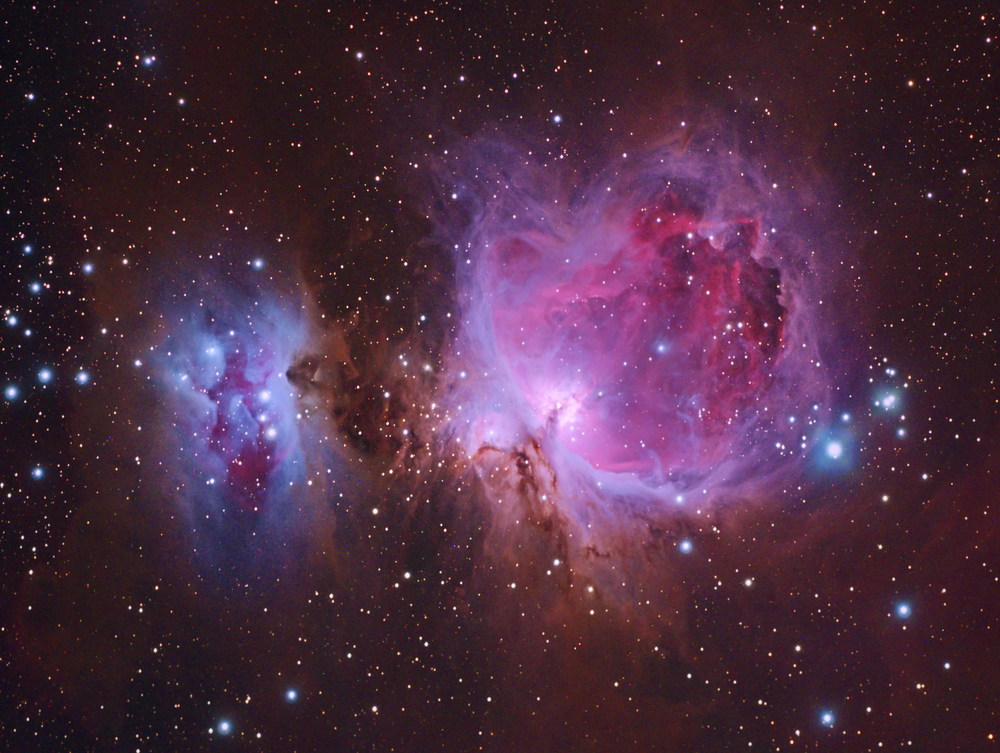
M63 – The Sunflower Galaxy
This was the first galaxy in which the spiral form was observed, which directly led to the classification of spiral galaxies. The distance of the Sunflower Galaxy is quite far from Earth, at about 29,300,000 light-years. When seen in the infrared, the galaxy shows two symmetric arms coming from its center. These arms wrap around 150° of the structure and each arm’s length from the center is 13,000 light-years from the center of the galaxy.
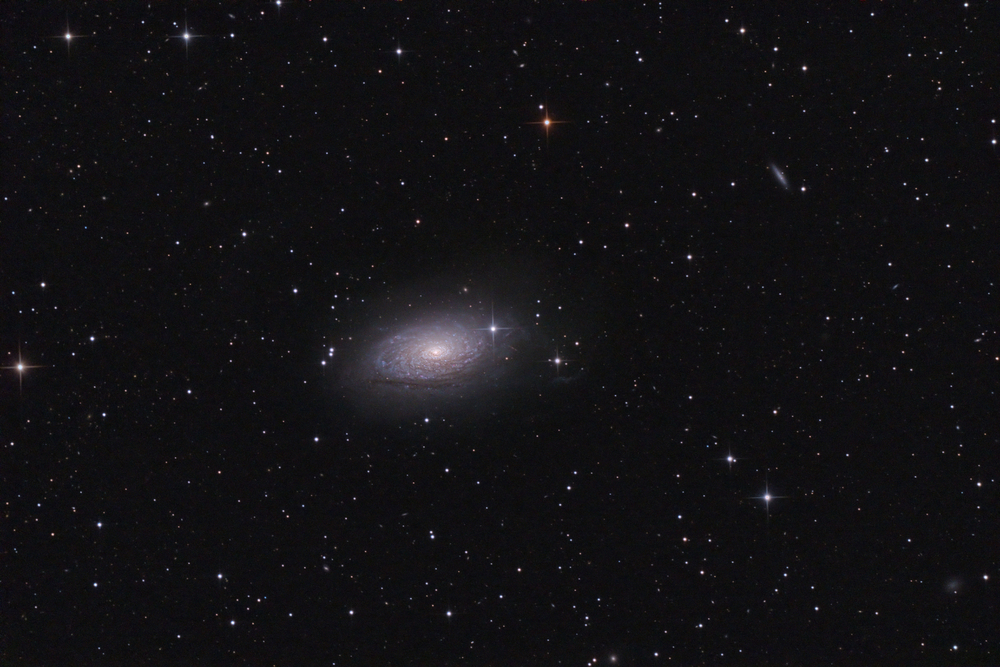
M97 – The Owl Nebula
The Owl Nebula was first discovered by Pierre Mechain, a French astronomer, on February 16, 1781. However, the peculiar name of the nebula comes from William Parsons, who observed the circular nebula in 1848 and drew its shape like an owl’s head. It is a planetary nebula that comprises three concentric shells, the outermost layer being the largest of the three. The central shell gives the nebula an owl-like appearance, which is not completely circular, but instead looks like a barrel.
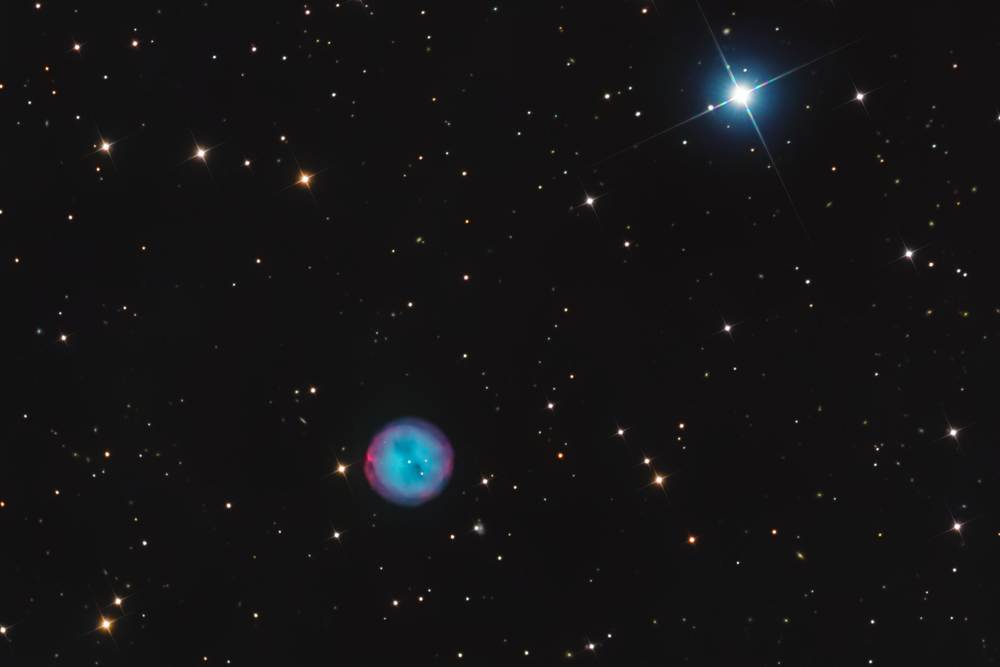
In Conclusion
The Messier catalog contains some of the most massive and fascinating objects one can encounter in our night sky. It is also an excellent guide for a novice astronomer to observe various objects in the sky and discern their differences for a better overall understanding of the stars.
If you’re interested in looking up the other Messier objects, here is the complete list you can skim through!

